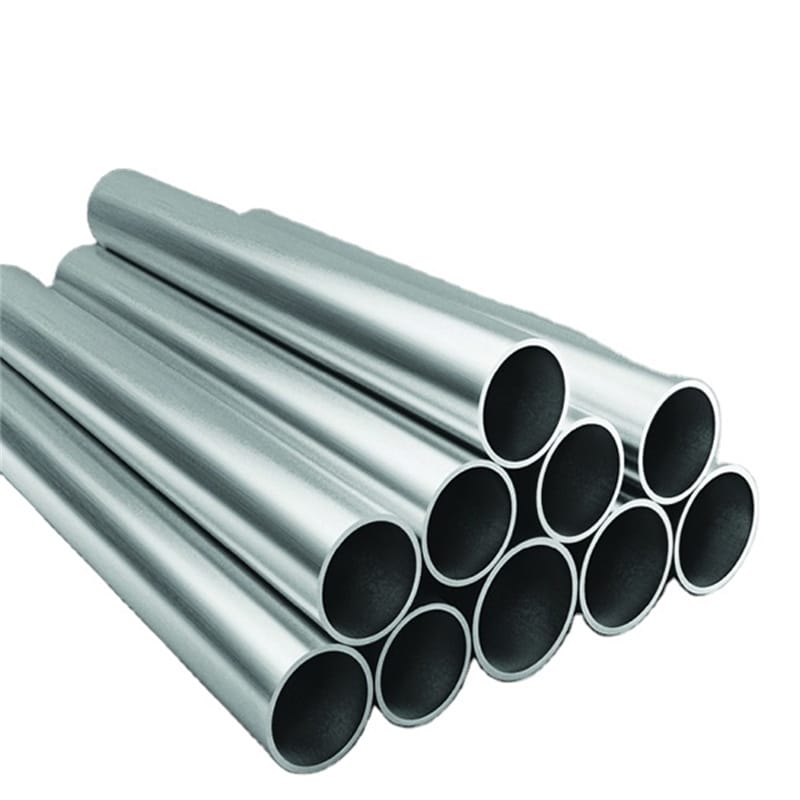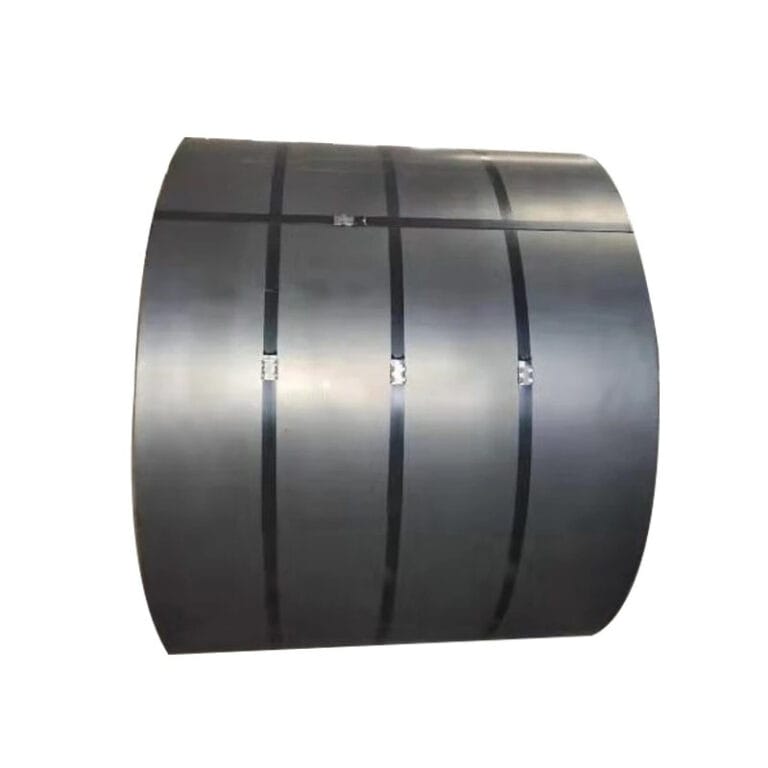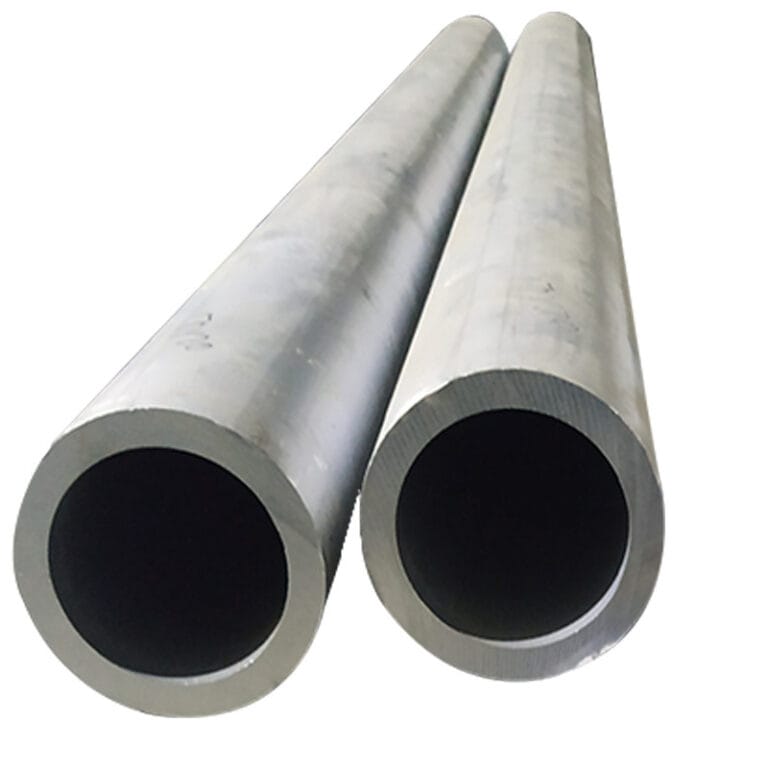Weak demand and tariff friction put downward pressure on steel prices
After the Spring Festival, steel prices fluctuated and the price center of gravity continued to move downward. Downstream demand recovered slowly, and the US tariff “stick” in early April brought a negative impact on the global economy. The outlook for steel prices is not optimistic.
According to the data from the National Bureau of Statistics, from January to February, the national real estate development investment was 1072 billion yuan, a year-on-year decrease of 9.8%, and the decline was narrowed by 0.8 percentage points compared with the whole year of last year. Among them, residential investment was 805.6 billion yuan, a year-on-year decrease of 9.2%, and the decline narrowed by 1.3 percentage points. The 9.8% decline is the best level since January-April 2024. From January to February, the sales area of newly built commercial housing was 107.46 million square meters, down 5.1% year-on-year, and the decline narrowed by 7.8 percentage points compared with the whole year of 2024 (of which the sales area of residential housing decreased by 3.4% year-on-year, and the decline narrowed by 10.7 percentage points); the sales of newly built commercial housing was 1025.9 billion yuan, down 2.6% year-on-year, and the decline narrowed by 14.5 percentage points (of which the sales of residential housing decreased by 0.4% year-on-year, and the decline narrowed by 17.2 percentage points).
Both sales area and sales rebounded. The real estate market further showed signs of recovery, and the rebound trend was obvious, which was beneficial to many industries involved in the real estate industry chain. However, many indicators such as the start of construction and construction in the middle and upper reaches of the real estate industry are still in the negative area, indicating that the industry has not yet emerged from the haze and the cycle of demand recovery is not short. The impact of real estate on steel prices is neutral and slightly bearish.
On April 2, Eastern Time, US President Trump announced the imposition of “reciprocal tariffs” on trading partners. Among them, a “reciprocal tariff” of 34% is imposed on China, a “reciprocal tariff” of 20% is imposed on the European Union, and a “reciprocal tariff” of 24% is imposed on Japan. Affected by this, during the Qingming Festival, the prices of U.S. stocks and commodities fell sharply. This policy has a significant negative impact on the global economy. On April 7, U.S. President Trump said on social media: “If China fails to cancel the 34% tariff imposed on it by April 8, then the United States will impose an additional 50% tariff on Chinese goods from April 9.” In this way, the U.S. tariff on all Chinese goods will reach 104%. Customs data show that my country’s steel exports in 2023-2024 will be 90.26 million tons and 110.72 million tons, respectively, an increase of 22.8 million tons and 20.46 million tons year-on-year, an increase of 36.2% and 22.7%, respectively, maintaining a rapid growth momentum for two consecutive years. From January to February 2025, my country exported 16.972 million tons of steel, an increase of 1.06 million tons and 6.7% year-on-year; the average price of exported steel was US$713.4/ton, a decrease of US$78.0/ton and 9.9% year-on-year. The surge in steel exports from January to February was, to a certain extent, a preemptive behavior before the imposition of tariffs. In the situation of insufficient domestic demand and oversupply, exports are an important channel to relieve pressure. Since my country’s steel exports are already very profitable, the implementation of the tariff policy will inevitably have a substantial impact on my country’s steel exports in 2025, especially indirect exports.
Weak supply and demand of rebar and low inventory, strong supply and demand of hot-rolled coil and high inventory are the characteristics of this year, but the low inventory of rebar may change. As of March 27, the total inventory of rebar was 8.1911 million tons, a year-on-year decrease of 3.9934 million tons; the total inventory of hot-rolled coil was 3.9596 million tons, a year-on-year decrease of 353,400 tons.
From the perspective of the slope of rebar destocking, the total rebar inventory decreased by 167,800 tons in the week of March 27 (March 23-27). Although destocking is still continuing, the speed is 536,300 tons slower than the same period in 2024. March-April of each year is the main destocking stage, and usually hundreds of thousands of tons or even one million tons of inventory are destocked each week, while this year only tens of thousands to hundreds of thousands of tons of inventory have decreased each week. If this situation is extrapolated, the low inventory of rebar this year may be gradually smoothed out in May. After the fifteenth day of the first lunar month this year, the downstream gradually resumed production, and the resumption of work was tepid. Construction and other links did not show a strong pulling effect, which may be the main reason for the slow destocking of rebar.
Hot-rolled coil is also currently entering the destocking cycle, and the destocking speed is faster than last year, close to the level of 2021. Benefiting from the consumption promotion policy, the consumer manufacturing industry has performed well. If hot-rolled coil can maintain the current destocking speed, the probability of inventory returning to around 3.5 million tons in April is relatively high. The impact of 3.5 million tons of inventory on the price of hot-rolled coil is neutral. If it can be reduced to below 3.4 million tons, it will provide better support for the price of hot-rolled coil.
According to the data of the National Bureau of Statistics, China’s crude steel output was 166.3 million tons from January to February, a year-on-year decrease of 1.5%. Since the first quarter, there have been constant rumors of crude steel production control. Initially, it was reported that crude steel would be reduced by 50 million tons in 2025, 20 million tons in 2026, and 10 million tons in 2027. Later, there were rumors that the steel production control policy would be implemented on a certain day of a certain month. In mid-March, the National Development and Reform Commission issued a document proposing “continued implementation of crude steel production control and promotion of steel industry reduction and reorganization”. Affected by the above information, steel prices rose rapidly in different periods, but the sustainability was insufficient, and no continuous upward trend was formed.
Looking back on the domestic crude steel production control process, my country’s crude steel output hit a record high of 1.065 billion tons in 2020. In December of that year, the Ministry of Industry and Information Technology first proposed a policy to reduce crude steel production, and crude steel production has since fluctuated and fallen. Referring to my country’s economic development plan and the historical characteristics of developed countries such as the United States and Japan, the author believes that 1.065 billion tons is likely to be the peak of China’s crude steel history. In 2021, crude steel production will decrease by 31.9785 million tons year-on-year, decrease by 19.785 million tons year-on-year in 2022, increase by 6.0783 million tons year-on-year in 2023, and decrease by 13.99 million tons year-on-year in 2024. From 2021 to 2024, crude steel production will decrease by an average of 14.9188 million tons per year. Combined with the production control announcements of many steel mills in Xinjiang, the author tends to believe that crude steel production is expected to be significantly reduced this year, and the scope of production reduction will extend from Xinjiang to the main production areas in the east. In terms of rhythm, my country’s crude steel production is prone to high in the first half and low in the second half, that is, the output is high in the first half of the year, and adjusted according to actual conditions in the second half of the year.
To sum up, after entering the second quarter, the market transaction demand fulfillment logic and tariff policy affect both. From January to February, my country’s real estate industry rebounded significantly, with new home sales and sales volume rebounding significantly, especially the developers’ funds in place narrowed sharply from -17% at the end of last year to -3.6%. However, considering that new construction and construction involving steel use are still in the negative area, the real demand for steel is not optimistic. With the rise of global trade protectionism, this year, many countries such as the United States, India, Vietnam, and South Korea have imposed tariffs on my country’s steel products. In particular, the US tariff policy has had a negative impact on the global economy and has also put pressure on my country’s steel exports. Due to sluggish demand, the author believes that the advantage of rebar inventory may change in the second quarter, that is, it may be wiped out in late April or early May. At present, steel mills have decent profits, and the blast furnace operating rate and daily average molten iron output have continued to rise since the Spring Festival. They may continue to rise slightly in April and stabilize in May and June. The author believes that steel prices will face downward pressure in the second quarter.




